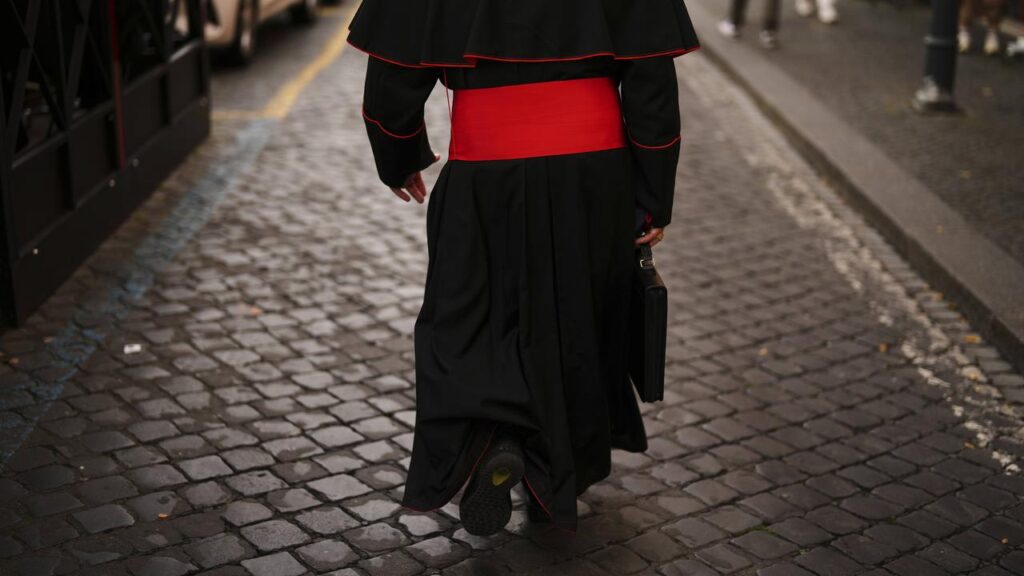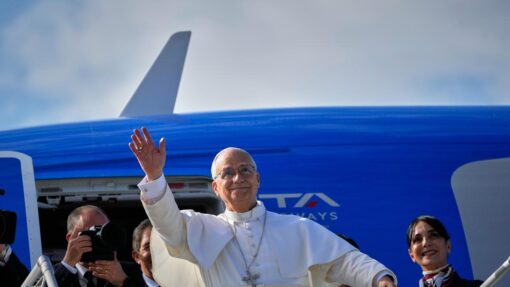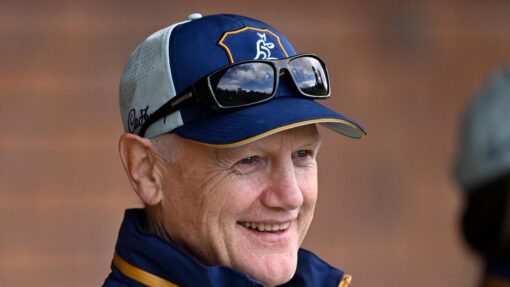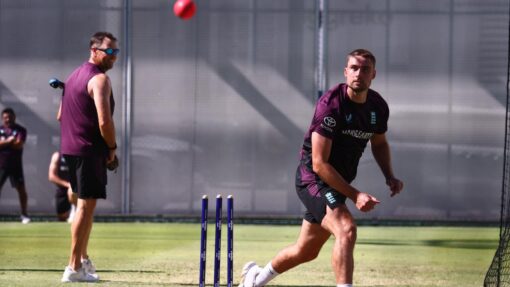Cardinals join mass before conclave to pick new pope
Crispian Balmer, Joshua McElwee and Philip Pullella |

Roman Catholic cardinals will begin the task of electing a new pope, locking themselves away from the world until they choose the man they hope can unite a diverse but divided global church.
In a ritual dating to medieval times, the cardinals will file into the Vatican’s frescoed Sistine Chapel after a public mass in St Peter’s Basilica and start their secret conclave for a successor to Pope Francis, who died in April.
No pope has been elected on the first day of a conclave for centuries, so voting could continue for several days before one of the red-hatted princes of the church receives the necessary two-thirds majority to become the 267th pontiff.

There will be only one ballot on Wednesday. Thereafter, the cardinals can vote as many as four times a day.
They will burn their ballots, with black smoke from a chimney on the chapel roof marking an inconclusive vote, while white smoke and the pealing of bells signalling the 1.4-billion member church has a new leader.
The pope’s influence reaches well beyond the Catholic Church, providing a moral voice and a call to conscience that no other global leader can match.
At a mass in St Peter’s Basilica on Wednesday morning before entering the conclave, the cardinals prayed that God would help them find a pope who would exercise “watchful care” over the world.
In a sermon, Italian Cardinal Giovanni Battista Re told his peers they must set aside “every personal consideration” in choosing the new pontiff and keep in mind “only … the good of the church and of humanity”.
Re, the dean of the College of Cardinals, is 91 and will not enter the conclave, which is reserved for cardinals under the age of 80.

Cardinals in recent days have offered different assessments of what they are looking for in the next pontiff.
While some have called for continuity with Francis’s vision of greater openness and reform, others have said they want to turn the clock back and embrace old traditions.
Many have indicated they want a more predictable, measured pontificate.
A record 133 cardinals from 70 countries will enter the Sistine Chapel, up from 115 from 48 nations in the last conclave in 2013 – growth that reflects Francis’s efforts to extend the reach of the church to far-flung regions with few Catholics.
No clear favourite has emerged, although Italian Cardinal Pietro Parolin and Filipino Cardinal Luis Antonio Tagle are considered the frontrunners.
Among other potential candidates are France’s Jean-Marc Aveline, Hungary’s Peter Erdo, American Robert Prevost and Italy’s Pierbattista Pizzaballa.

Re suggested the cardinals should look for a pope who respected the diversity within the church.
“Unity does not mean uniformity, but a firm and profound communion in diversity,” he said in his sermon.
As in medieval times, the cardinals will be banned from communicating with outsiders during the conclave, and the Vatican has taken high-tech measures to ensure secrecy, including jamming devices to prevent eavesdropping.
The average length of the past 10 conclaves was just more than three days and none went on for more than five days. A 2013 conclave lasted just two days.
Some 80 per cent of the cardinals who enter the Sistine Chapel on Wednesday were appointed by Francis, increasing the possibility that his successor will continue his progressive policies despite strong pushback from traditionalists.
Among their considerations will be whether they should seek a pope from the global south where congregations are growing, as they did in 2013 with the Argentinian Francis, hand back the reins to Europe or even pick a first US pope.
Reuters


